Filter by

A bright future
There is good news and bad news in the renewable energy industry. We have made a lot of progress in green energy over the past few years as technologies have improved and the costs of production have fallen. But we are not doing enough. Fatih Birol, Director of the International Energy Agency, writes that despite progress, renewables still have a long way to go. We need much more action to make…
- Edition
- -
- ISBN/ISSN
- 9789286142901
- Collation
- -
- Series Title
- -
- Call Number
- 650
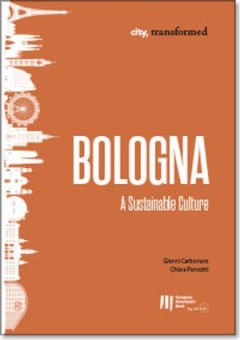
Bologna : a Sustainable Culture
Bologna’s unique political and cultural history helped it forge ahead of most Italian cities with strategic investments in services, health care and education. How well does its focus on sustainability in a range of areas set it up for continued success? This essay provides an overview of the development of the Bologna metropolitan region in recent decades, emphasising the role of urban polic…
- Edition
- -
- ISBN/ISSN
- 9789286139055
- Collation
- -
- Series Title
- -
- Call Number
- 650
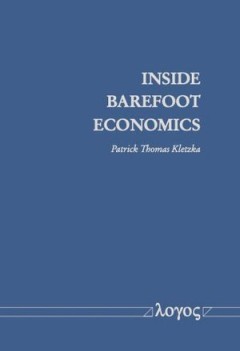
Inside Barefoot Economics
the practice of barefoot economics requires more than simply the lived experience of poverty-related phenomena. In contrast to the prevailing positivist paradigm within the scientific discipline of economics that tends to cultivate particular ways of economic thinking by taking their linguistic presuppositions for granted, barefoot economics involves challenging one's own horizon of possibility…
- Edition
- -
- ISBN/ISSN
- 9783832553463
- Collation
- -
- Series Title
- -
- Call Number
- 650
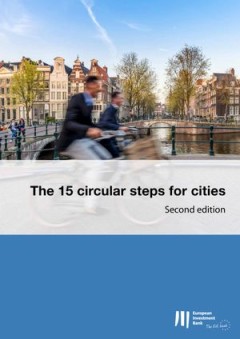
The 15 circular steps for cities – Second edition
The transition to a circular economy not only conserves resources, but also reduces environmental and climate impacts. It fosters innovation and thereby increases competitiveness and creates new jobs. Cities can be cradles and catalysts for a circular transition. This guide provides concrete guidance on how a linear city can start the circular journey.
- Edition
- -
- ISBN/ISSN
- -
- Collation
- -
- Series Title
- -
- Call Number
- 650

The Workplace of the Future : The Fourth Industrial Revolution, the Precariat…
The Fourth Industrial Revolution is a global development that shows no signs of slowing down. In his book, The Workplace of the Future: The Fourth Industrial Revolution, the Precariat and the Death of Hierarchies, Jon-Arild Johannessen sets a chilling vision of how robots and artificial intelligence will completely disrupt and transform working life. The author contests that once the dust has s…
- Edition
- -
- ISBN/ISSN
- -
- Collation
- -
- Series Title
- -
- Call Number
- 650

Energize the Base of the Pyramid
In many countries of the Global South, energy infrastructure is holey, unreliable or simply not existent. This leads to different kinds of severe problems. Just to name a few: Family members, mostly women, spend hours every day to collect firewood for cooking. In many cases, they suffer under pulmonary diseases, because they have no access to clean cooking facilities. And companies are less pro…
- Edition
- -
- ISBN/ISSN
- -
- Collation
- -
- Series Title
- -
- Call Number
- 650
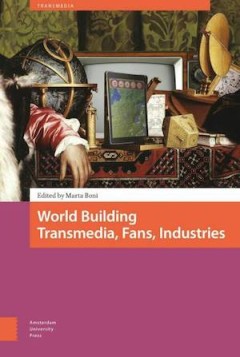
World Building : Transmedia, Fans, Industries
This edited collection of original essays situates itself at the cutting edge of media theory, exploring imaginary worlds as forms of knowledge and forms of life. By exploring the concept of worlds from theoretical and practical perspectives, this book puts forward a unique and original starting point for rethinking media theory, going beyond the notion of communication and understanding the ro…
- Edition
- -
- ISBN/ISSN
- -
- Collation
- -
- Series Title
- -
- Call Number
- 650
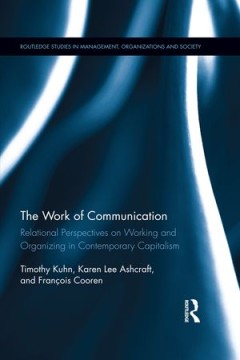
The Work of Communication : Relational Perspectives on Working and Organizing…
The Work of Communication: Relational Perspectives on Working and Organizing in Contemporary Capitalism revolves around a two-part question: "What have work and organization become under contemporary capitalism—and how should organization studies approach them?" Changes in the texture of capitalism, heralded by social and organizational theorists alike, increasingly focus attention on communi…
- Edition
- -
- ISBN/ISSN
- -
- Collation
- -
- Series Title
- -
- Call Number
- 650
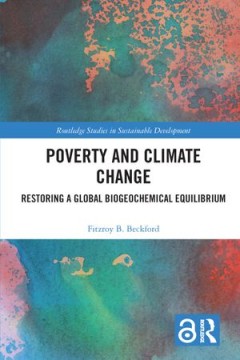
Poverty and Climate Change
Most, if not all of the global biogeochemical cycles on the earth have been broken or are at dangerous tipping points. These broken cycles have expressed themselves in various forms as soil degradation and depletion, ocean acidification, global warming and climate change. The best proposal for an organic solution to fixing the myriad broken cycles is a deliberate investment in solutions that fi…
- Edition
- -
- ISBN/ISSN
- 9781138345416
- Collation
- -
- Series Title
- -
- Call Number
- -

Poverty and Climate Change
Most, if not all of the global biogeochemical cycles on the earth have been broken or are at dangerous tipping points. These broken cycles have expressed themselves in various forms as soil degradation and depletion, ocean acidification, global warming and climate change. The best proposal for an organic solution to fixing the myriad broken cycles is a deliberate investment in solutions that fi…
- Edition
- -
- ISBN/ISSN
- 9781138345416
- Collation
- -
- Series Title
- -
- Call Number
- -
 Computer Science, Information & General Works
Computer Science, Information & General Works  Philosophy & Psychology
Philosophy & Psychology  Religion
Religion  Social Sciences
Social Sciences  Language
Language  Pure Science
Pure Science  Applied Sciences
Applied Sciences  Art & Recreation
Art & Recreation  Literature
Literature  History & Geography
History & Geography